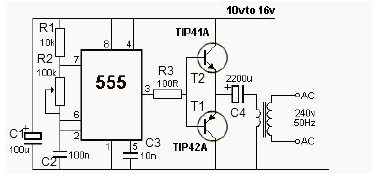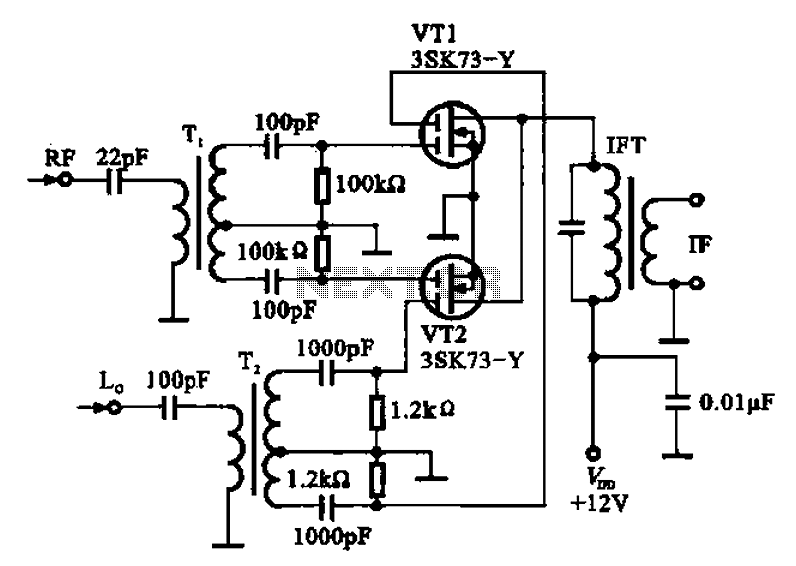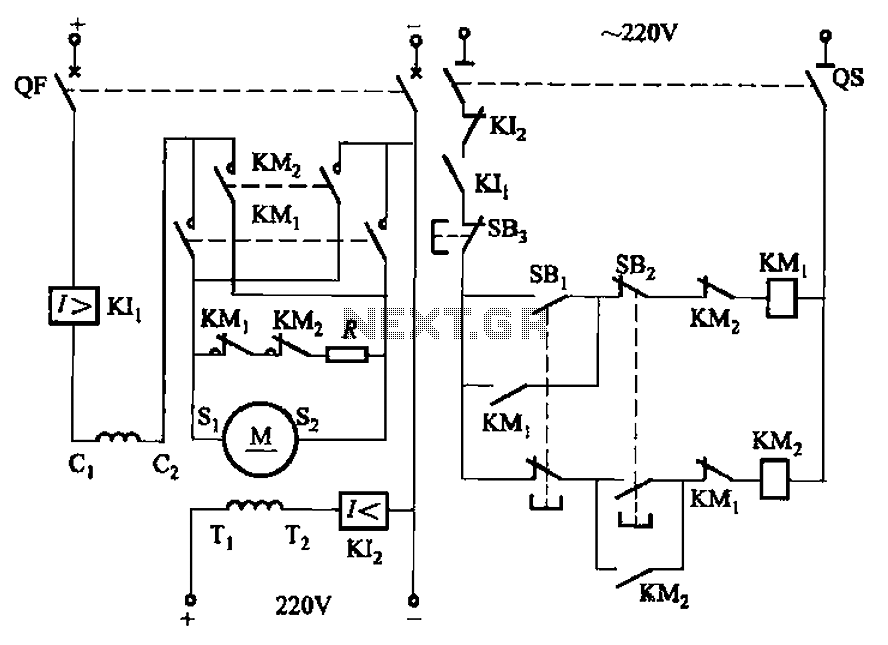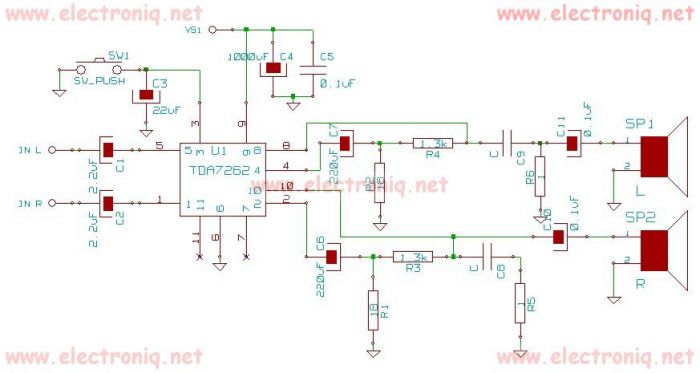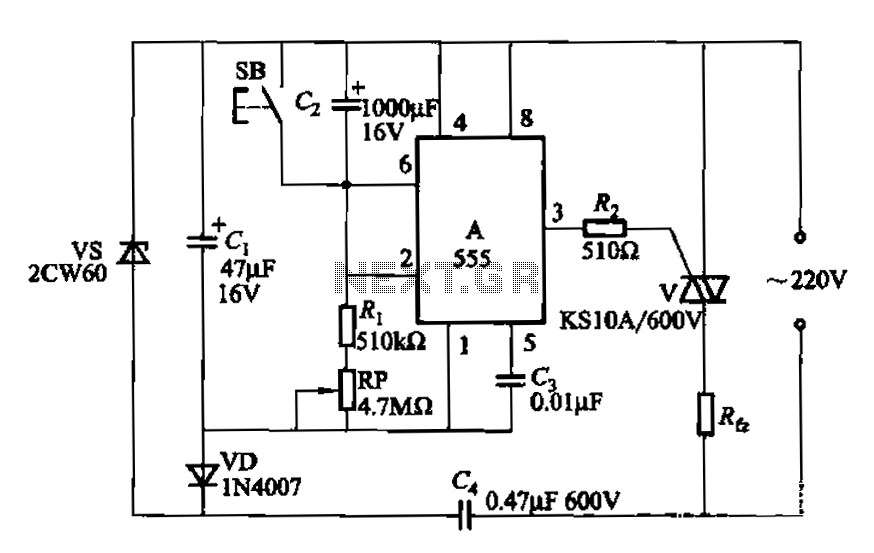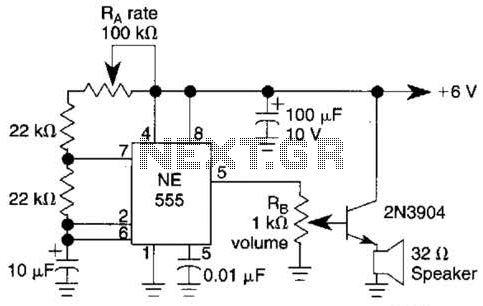
12V Solar Charge Controller Circuit
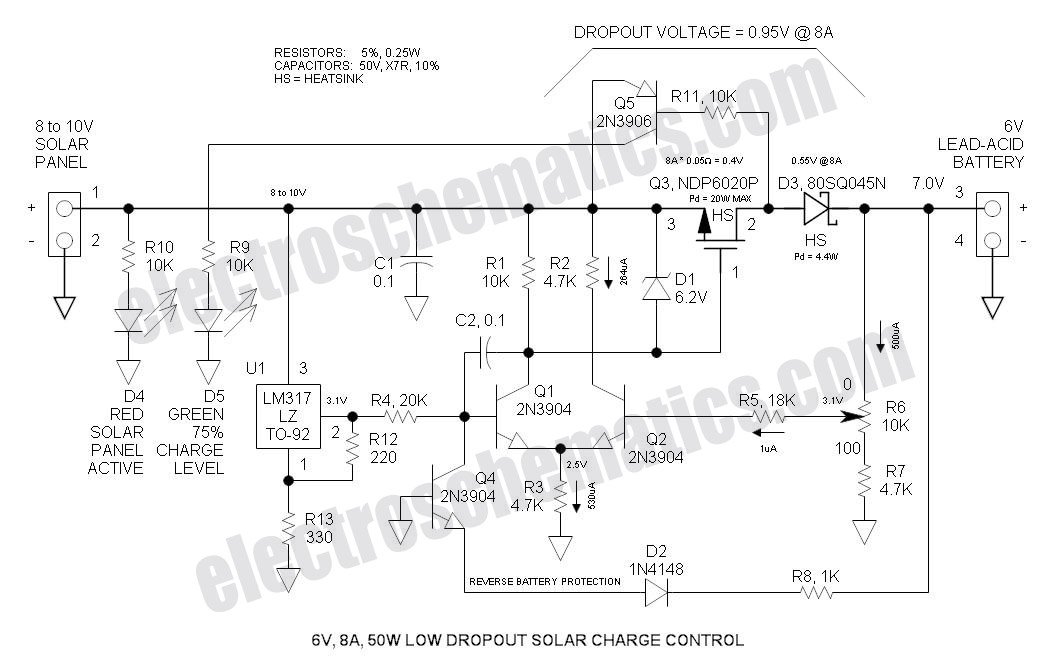
This Low Dropout Voltage (LDO) solar charge controller utilizes a straightforward differential amplifier combined with a series P-channel MOSFET linear regulator, ensuring compatibility and efficiency in solar energy applications.
The Low Dropout Voltage (LDO) solar charge controller is designed to optimize the charging of batteries from solar panels while maintaining a low voltage drop across the regulator. The core of the circuit includes a differential amplifier that monitors the output voltage and compares it to a reference voltage. This comparison allows the amplifier to adjust the gate voltage of the P-channel MOSFET, which acts as a linear regulator.
In this configuration, the P-channel MOSFET is placed in series with the load, allowing it to effectively regulate the output voltage to the battery. The LDO design is particularly advantageous in scenarios where the input voltage from the solar panel is only slightly higher than the battery voltage, as it minimizes power loss and heat generation.
The operational principle involves the differential amplifier continuously adjusting the MOSFET gate to maintain a stable output voltage, even as the solar panel output fluctuates due to changing light conditions. This ensures that the battery is charged efficiently without overcharging, which could lead to battery damage.
The circuit may also include additional components such as capacitors for filtering, diodes for reverse polarity protection, and resistors for setting reference voltages. These components enhance the reliability and performance of the charge controller, making it suitable for various solar energy applications, including small solar-powered devices and larger solar energy systems.
Overall, the LDO solar charge controller represents a practical solution for efficient solar energy management, leveraging simple yet effective electronic components to achieve optimal performance.This Low Dropout Voltage (LDO) solar charge controller uses a simple differential amplifier and series P channel MOSFET linear regulator --their compatibil.. 🔗 External reference
The Low Dropout Voltage (LDO) solar charge controller is designed to optimize the charging of batteries from solar panels while maintaining a low voltage drop across the regulator. The core of the circuit includes a differential amplifier that monitors the output voltage and compares it to a reference voltage. This comparison allows the amplifier to adjust the gate voltage of the P-channel MOSFET, which acts as a linear regulator.
In this configuration, the P-channel MOSFET is placed in series with the load, allowing it to effectively regulate the output voltage to the battery. The LDO design is particularly advantageous in scenarios where the input voltage from the solar panel is only slightly higher than the battery voltage, as it minimizes power loss and heat generation.
The operational principle involves the differential amplifier continuously adjusting the MOSFET gate to maintain a stable output voltage, even as the solar panel output fluctuates due to changing light conditions. This ensures that the battery is charged efficiently without overcharging, which could lead to battery damage.
The circuit may also include additional components such as capacitors for filtering, diodes for reverse polarity protection, and resistors for setting reference voltages. These components enhance the reliability and performance of the charge controller, making it suitable for various solar energy applications, including small solar-powered devices and larger solar energy systems.
Overall, the LDO solar charge controller represents a practical solution for efficient solar energy management, leveraging simple yet effective electronic components to achieve optimal performance.This Low Dropout Voltage (LDO) solar charge controller uses a simple differential amplifier and series P channel MOSFET linear regulator --their compatibil.. 🔗 External reference
Warning: include(partials/cookie-banner.php): Failed to open stream: Permission denied in /var/www/html/nextgr/view-circuit.php on line 713
Warning: include(): Failed opening 'partials/cookie-banner.php' for inclusion (include_path='.:/usr/share/php') in /var/www/html/nextgr/view-circuit.php on line 713
